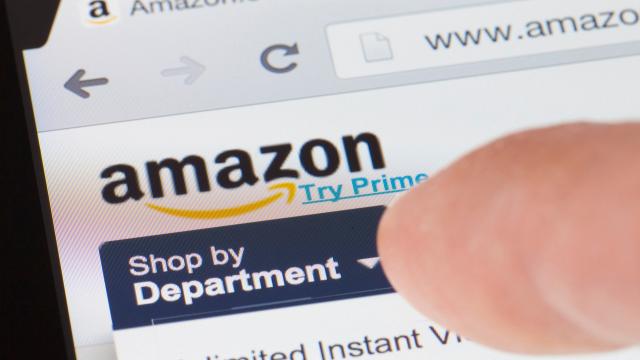One day, very soon – we don’t know when, but very soon – Amazon Australia will launch in Australia.
Now with the online giant’s fabled “speed, price and choice” tipped to do some serious harm to local retailers, it’s science that has an answer to how Aussie businesses can even have a hope of competing.
Michele Levine, CEO of global research firm Roy Morgan says we need to consider both existing online behaviour and price risk when figuring out how to survive Amazon.
“Amazon succeeds most quickly in new markets where there is already a high level of online shopping,” Levine explains. “The theory is simple, it’s easier to churn someone from an incumbent to Amazon than it is to convince a consumer to start shopping online from a standing start.”
According to Roy Morgan data, in the past 3 months 54 percent of Australians over the age of 14 bought a product online, and 25 per cent of Australians shopped online for electronics and appliances.
Levine says this puts Australia “right in the firing line” for Amazon, and provides a scientific explanation for their intention to enter the Australian market.
“The real retail minefield is shaped by consumers who are both retail customers and Amazon shoppers,” Levine points out. “Looking at David Jones over just the past 4 weeks, our data reveals that 30 per cent of its customers also visited Amazon’s site.”
“That means that when Amazon sweeps into Australia in the next couple of months, 30 per cent of David Jones’ customers will be directly in its line of fire.”
Levine points out that both JB Hi-Fi and Harvey Norman have publicly predicted that they will be able to compete with Amazon on price, but says that given their high-margin business model, “this looks like being an unrealistic stretch”.
“The inconvenient truth is that Amazon does not rely on gross profit margin for success,” Levine explains. “Its success is driven by volume – and it has that in spades. That’s what led founder Jeff Bezos to famously declare, ‘Your margin is my opportunity.’”
Amazon only had a gross profit margin mark-up of 6.8 per cent last year. JB Hi-Fi had 21.9 per cent. Harvey Norman had 31.4 per cent. And getting those margins lower in Australia is tough – the net profit margin (with all expenses deducted) for these retailers can be as low as two or three per cent.
Operating costs for Australian retailers are high. Woolworths and Coles spend over 24 per cent of sales revenue on leases, wages and marketing. For department stores this figure is up to 40 per cent.
And it’s worth remembering – Walmart had the same confidence when Amazon launched in the US, priding itself on being the cheapest, and saying it could definitely compete. Today, Amazon is cheaper.
“Price war or no price war, Amazon will beat any Australian retailer on price,” Levine says. “And the impact will spread way beyond the retail sector. The Reserve Bank of Australia, for example, needs Australian retail sales to lift before it will raise interest rates, and with the arrival of Amazon that’s not likely anytime soon.”
[referenced url=”https://gizmodo.com.au/2017/11/how-to-see-what-products-amazon-australia-will-be-selling/” thumb=”https://www.lifehacker.com.au/wp-content/uploads/sites/4/2017/11/Laptops-Grey.jpg” title=”How To See What Products Amazon Australia Will Be Selling” excerpt=”Can’t wait for Amazon’s arrival in Australia and want to know what they’re likely to be stocking right out of the gate? If you use this handy Google search trick, you can begin to find items that Amazon Australia has already listed online.”]
But there has to be some good news, right? Surely?
“There is good news and it largely relates to a human connection and local proximity,” Levine explains.
Levine points out that Amazon is anything but human – and definitely not local. That’s the “in” here.
“Take Australian supermarket brands as an example. They are in every local neighbourhood and do not have high levels of online shopping. Roy Morgan data shows that 25.4 per cent of Australians say they would like to but their groceries online. However, only 3.7 per cent actually do.”
Levine says the “local, very human connection with supermarkets and their low levels of online shopping largely quarantines incumbent supermarket brands from Amazon.”
And that’s the solution, according to Levine. Forget price. Focus on the human and local connection with customers.
“Let’s turn our backs on artificial intelligence. That’s Amazon’s universe. Instead, let’s focus on human intelligence. Make that the universe you own.”
